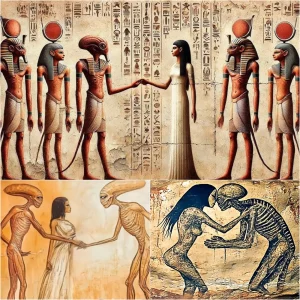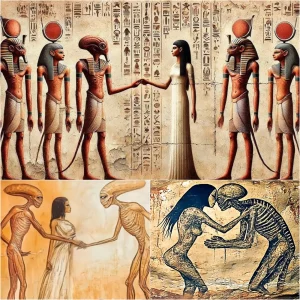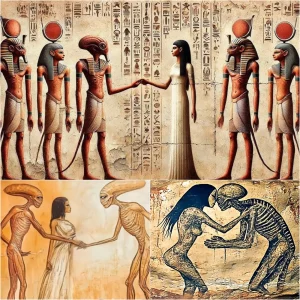A team of archaeologists from the Kh. Margulan Institute of Archaeology has made a significant discovery in the Zerenda district of Kazakhstan’s Akmola region—a relief of a human face sculpted into a granite block and an impressive stele.
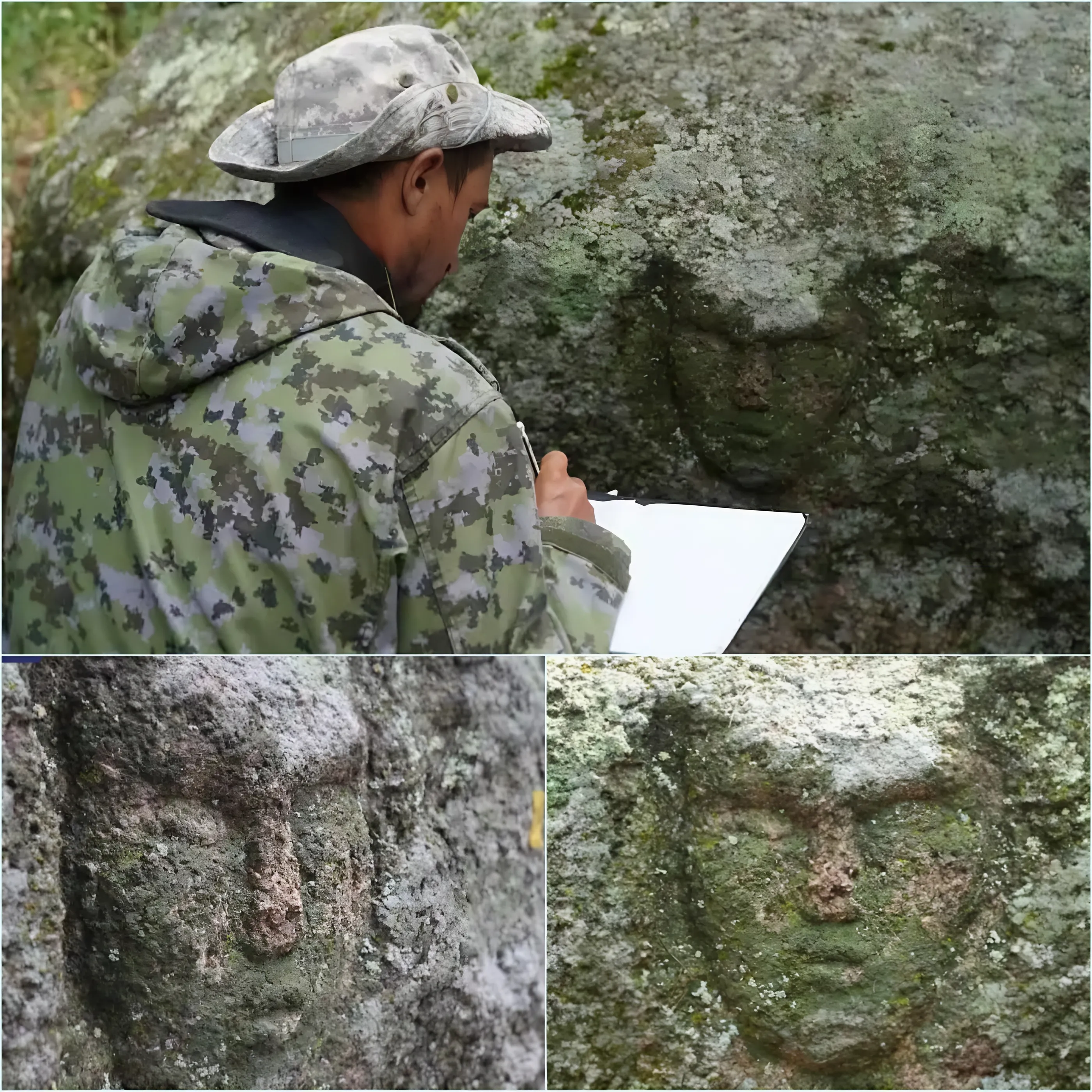
The initial report came from Mendibay Kopobayev, director of the local museum in Balkashino village, who informed archaeologists S.A. Yarygin and S.K. Sakenov about the existence of a human relief near the dam known as Kabaniy Klyuch. Upon receiving this information, the archaeologists, accompanied by Askerek Zhamantayevich Tulebayev, conducted an investigation at the site.
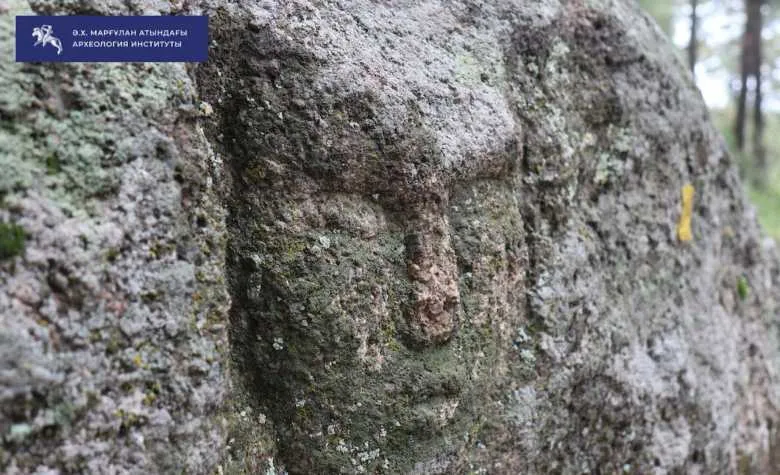
At the location, they confirmed the existence of an intricate relief and a fallen stele on the ground. The relief depicts a human face with distinct features: large eyes, a prominent straight nose, broad lips, and an inclined forehead. Positioned atop a small rocky formation facing west-southwest, the relief measures approximately 27 × 21 centimeters.
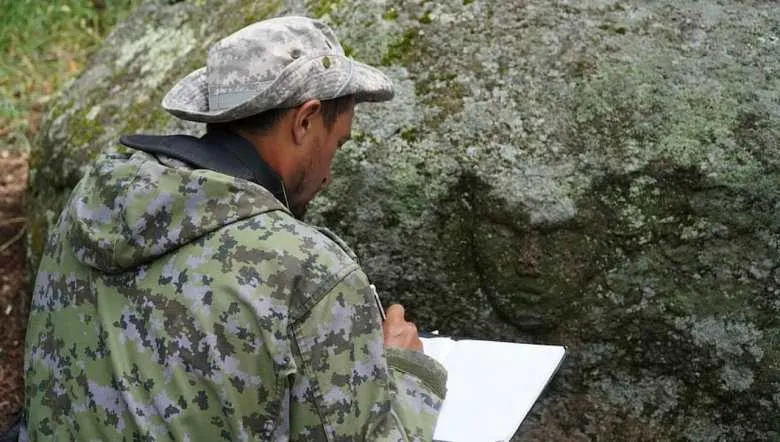
Adjacent to the relief is a stele over two meters tall and about one meter wide. One face of the stele features a faintly etched image of a deer with large, branching antlers, a common motif in ancient regional art suggesting a possible connection to ritual practices of past civilizations.
This discovery highlights the cultural and artistic sophistication of the megalithic monuments in the Kokshetau region. Archaeologists believe these structures were likely used for ritual purposes, though the exact nature and significance of these rituals remain enigmatic. Further dating and analysis of these artifacts will be crucial in unraveling their historical and cultural context within the region.
The megalithic monuments of Kokshetau are renowned for their historical importance and continue to provide valuable insights into the ancient civilizations that once thrived in this part of Kazakhstan.


